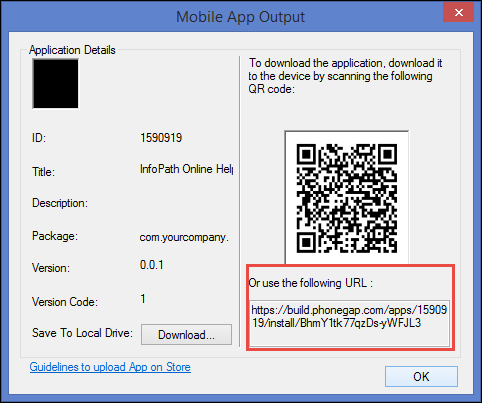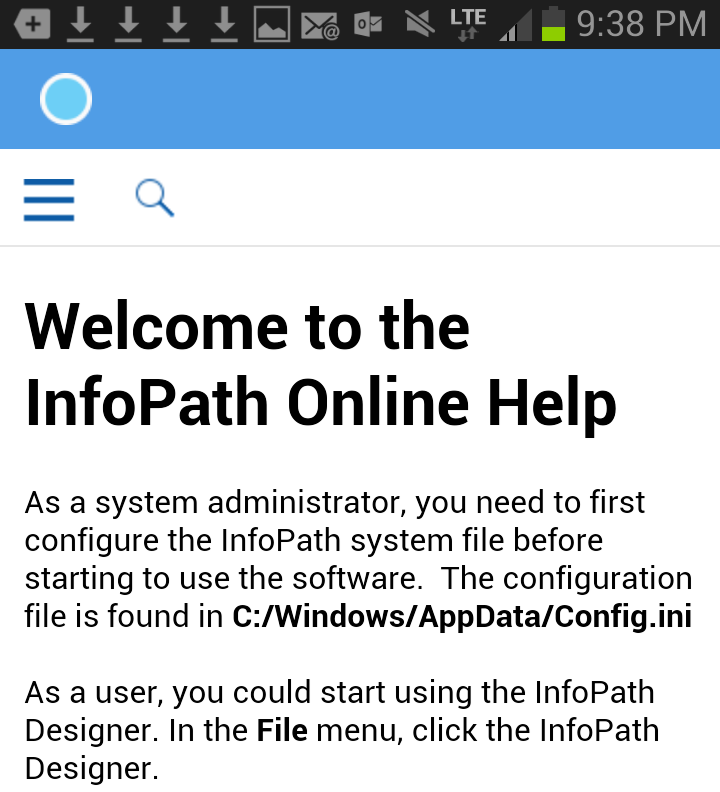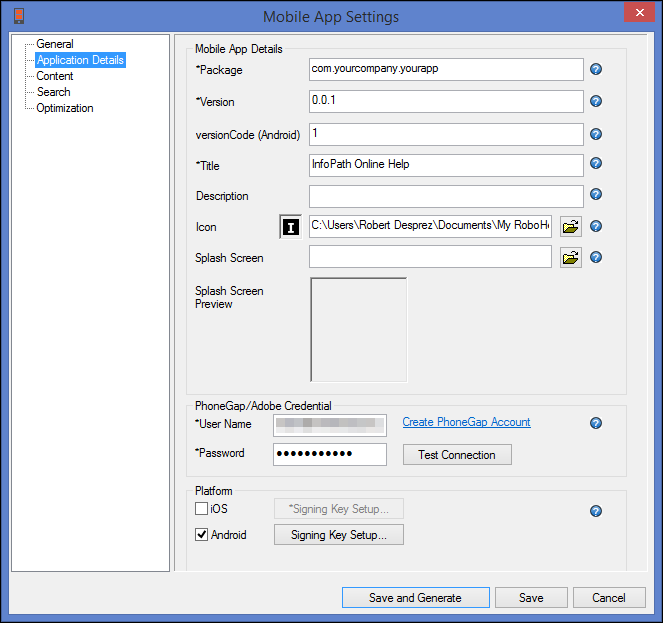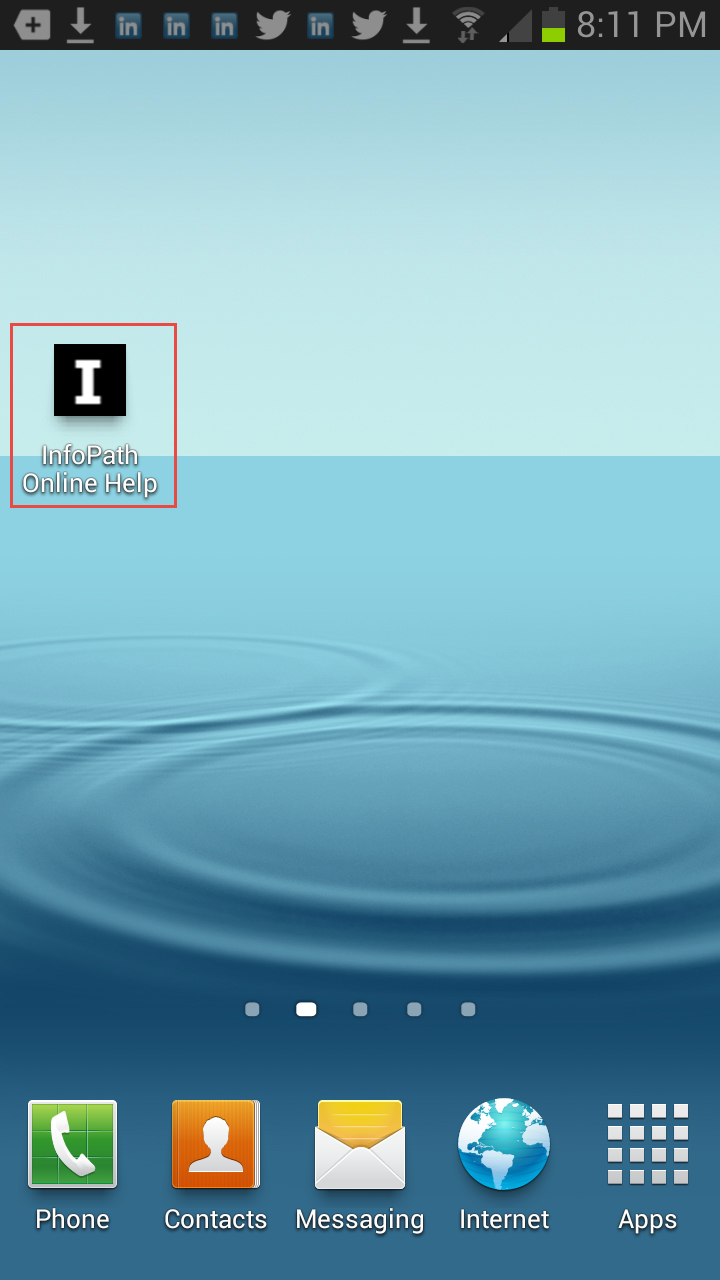RoboHelp (2015 release) makes it easy for technical writers to generate a mobile app for smartphones and tablets running iOS and Android.
You may consider creating a mobile app for the following reasons:
- Your users have an intermittent connection to the Internet: Once the mobile app is installed on a smartphone or tablet, it no longer requires a wireless or mobile connection to view the content. In contrast, HTML5 help systems require a browser, which usually needs an Internet connection to view the content (although some browsers, such as Google Chrome, can run in offline mode).
- Speed: Users will get the answers they need faster using a mobile app versus launching a browser, navigating to your help page, and waiting for the content to appear.
- Higher visibility: A mobile app is installed on a user’s smartphone or tablet, making it easy to locate and launch. In contrast, an online help system is typically included in a software package and may not be easy to find or open.
This procedure explains how to use RoboHelp (2015 release) to create a mobile app for an Android phone or tablet. It also assumes you have some familiarity with creating online help systems and understand the basics of downloading and installing mobile apps on Android smartphones and tablets.
Creating a Mobile App
- In RoboHelp (2015 release), open a project that you want to convert to a mobile app.
- From the Output menu, click Mobile App.
- In the MobileApp Settings dialog box, click Application Details.
- In the Mobile App Details section, fill out the following fields:
a) Package: A name that will uniquely identify the mobile app such as “com.adobe.myapp.” This name is used by PhoneGap to identify the application. PhoneGap is a mobile development framework to create mobile apps on iOS, Android, and Windows Phone. PhoneGap’s web site is https://build.phonegap.com/
b) Version: The PhoneGap version number for the mobile app (for example, version 0.01).
c) VersionCode (Android): The Android version number for the mobile app. If you upload your app to Android’s Google Play (the official app store for Android smartphones and tablets), a user will be notified of updates to your app every time you update the version number.
d) Title: The title of the application that will display on a mobile device.
e) Icon: The icon of the application that will display on a mobile device. For more information about the recommended icon sizes, see GitHub’s web page.
f) Splash Screen: The splash screen that will display when the mobile app is opened on a mobile device. For more information about the recommended splash screen sizes, see GitHub’s web page.
- In the PhoneGap/Adobe Credential section, type your Adobe User Name and Password. As PhoneGap is owned by Adobe, you can use the same web site credentials that you use when downloading any Adobe product. After typing your credentials, click Test Connection to confirm the PhoneGap connection. I found that this dialog box didn’t recognize my credentials until I first logged on to PhoneGap’s web site.
- In the Platform section, select the Android check box.
- In the Mobile App Settings dialog box, click Content.
a) In the Table of Contents dropdown list, select the table of contents you want to use for the mobile app.
b) If you created an index, in the Index dropdown list, select the index you want to use.
c) If you created a glossary, in the Glossary dropdown list, select the glossary you want to use.
d) Click Save and Generate.
RoboHelp (2015 release) generates the mobile app.
- Click View Result in the Result: Mobile App output has been generated successfully dialog box.
Downloading the Mobile App
The next step explains how to get the mobile app loaded onto your Android tablet or smartphone.
To download the mobile app to your Android phone:
- In your phone’s or tablet’s browser, type the URL that appears in the Mobile App Output dialog box.

- Alternatively, you can download the mobile app using a QR Reader.
a) Download a QR reader to your Android phone. I downloaded the QR Code Reader from Google Play.
b) Using the QR reader, scan the QR code in the Mobile App Output dialog box.
The mobile app downloads to your tablet or smartphone.
Viewing the Mobile App
Once the mobile app has been downloaded and installed on your computer, tap the mobile app you created. I haven’t attempted to document downloading and installing the app, due to the different versions of Android.
I created a simple help app for a fictitious product called InfoPath. I created the icon in Snagit and then imported the image into RoboHelp (2015 release). Here’s a screen shot of the downloaded app on my phone:
Here is an example of how the mobile app displays when I open it.

As an experienced technical writer, I found creating and downloading a mobile app to be fast and straightforward.



 I have worked as a
I have worked as a
Very helpful article. Thanks for sharing. Tools like RoboHelp make our job so much easier!
Your article mentions the possibility of iOS output. Are you aware of any iOS app that has been produced from RoboHelp? I ask this because I am aware that Apple reject a lot of apps that do not include iOS system buttons and menus.
Hi Austin,
I haven’t (yet) created a mobile app for iOS. I would hope that RoboHelp’s mobile app output complies with Apple’s requirements.
Thanks for posting.
OK, I have checked out the iOS app issue further. One thing that really should be highlighted for RoboHelp users is that is an app submitted to the Apple store will be rejected if it is “in-house application, intended for employees or members of your organization”. For that, you need to look at the Apple Developer Enterprise Program ($299 per year), which allows distribution by another (complicated) route.
Wow. Awesome article. Thanks so much for sharing it.
Hi Su,
You’re welcome! Thank you for posting a comment.